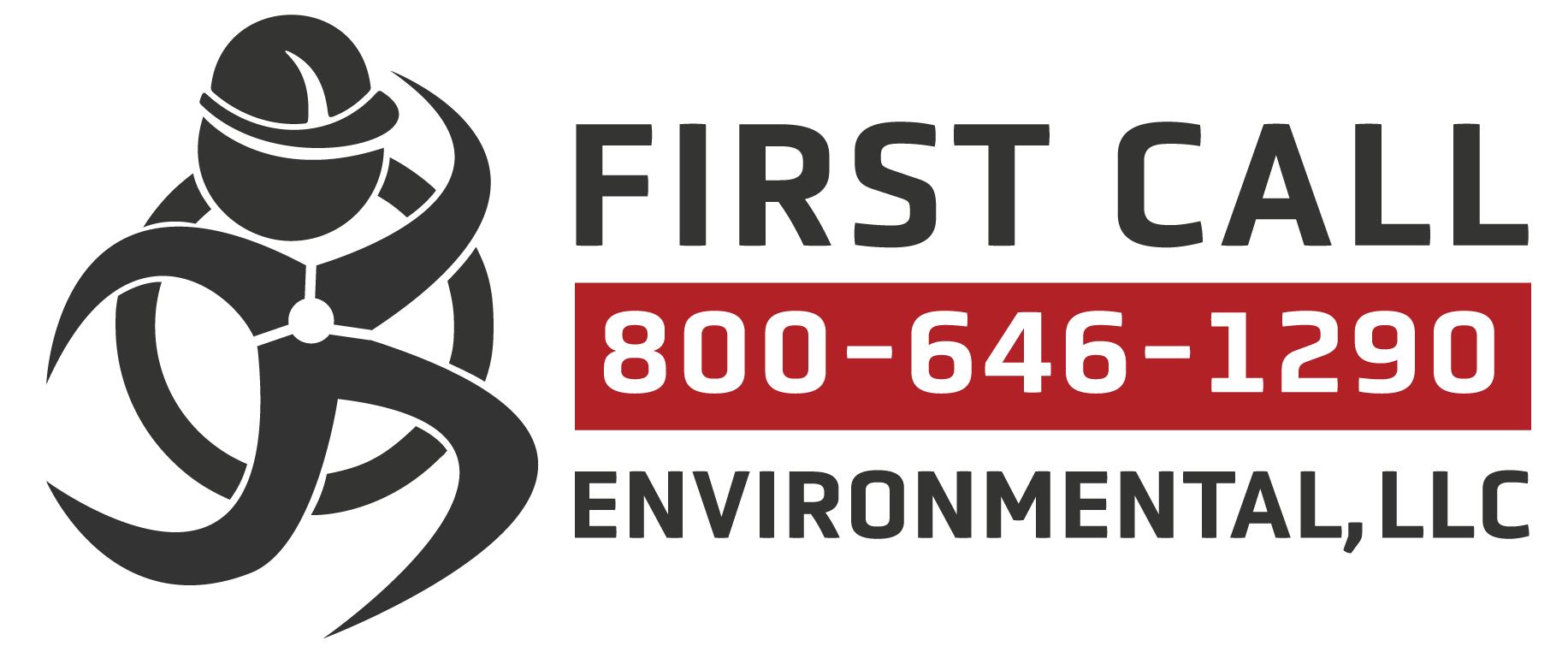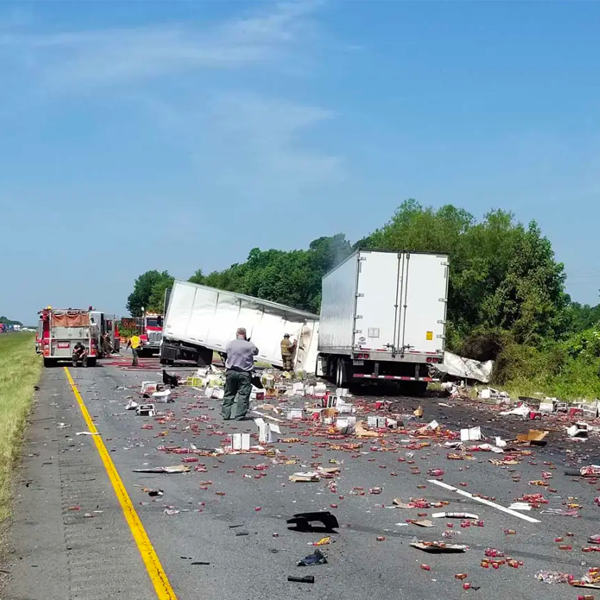The first priority for every crew when they get called for a response is job assessment.
Before Arrival:
1.Gather as much information as possible on the front end so you and your team know what to expect.
Examples may include:
– Call the location (roadside, terminal, etc.)
– Determine the call type (damaged tote, contents spilled from container, etc.)
– Find out the product name or UN number. Confirm there is an SDS for your safety on site.
– Confirm what the state of the product is (solid, liquid or gas)
– Confirm the job description (transfer, overpack, solidify, neutralize, pump, etc.)
1. Once onsite, evaluate the entire scene for additional hazards besides what was reported (traffic, unstable vehicles, weather, waterways, terrain, etc.)
2. Interview any person on scene to evaluate what happened prior to arrival (clouds, fumes, odors, eye irritation, or leaks)
3. Site Management & Control
– Determine a safe approach to evaluate the impacted site.
– Review the work needed and verify the extent of the job scope.
– Evacuate as needed
4. Identifying the Problem
– Review all products involved and gather SDS information.
– Determine where the hazard is coming from.
– Predict what may happen next with the product and its surroundings.
– Continually evaluate the spill for changes.
– Maintain control zones PPE and Equipment
– Make sure to have adequate PPEand respiratory protection.
– Confirm that properly trained personnel on site, as well as, proper resources and Equipment
– Continue to modify the plan of action as needed.
– Maintain a safe working environment.

